
Yeti have revived the iconic ASR name for their re-entry into the flat-out fast race/XC/downcountry scene. I reckon it’s one of the best XC bikes around, particularly if you want maximum traction, peak torque transfer and responsive handling for mastering and blasting more technical trails. It’s a simpler, much lighter design than it’s Switch Infinity siblings too. That price is going to trigger all the usual ‘dentist bike’ forum comments though.
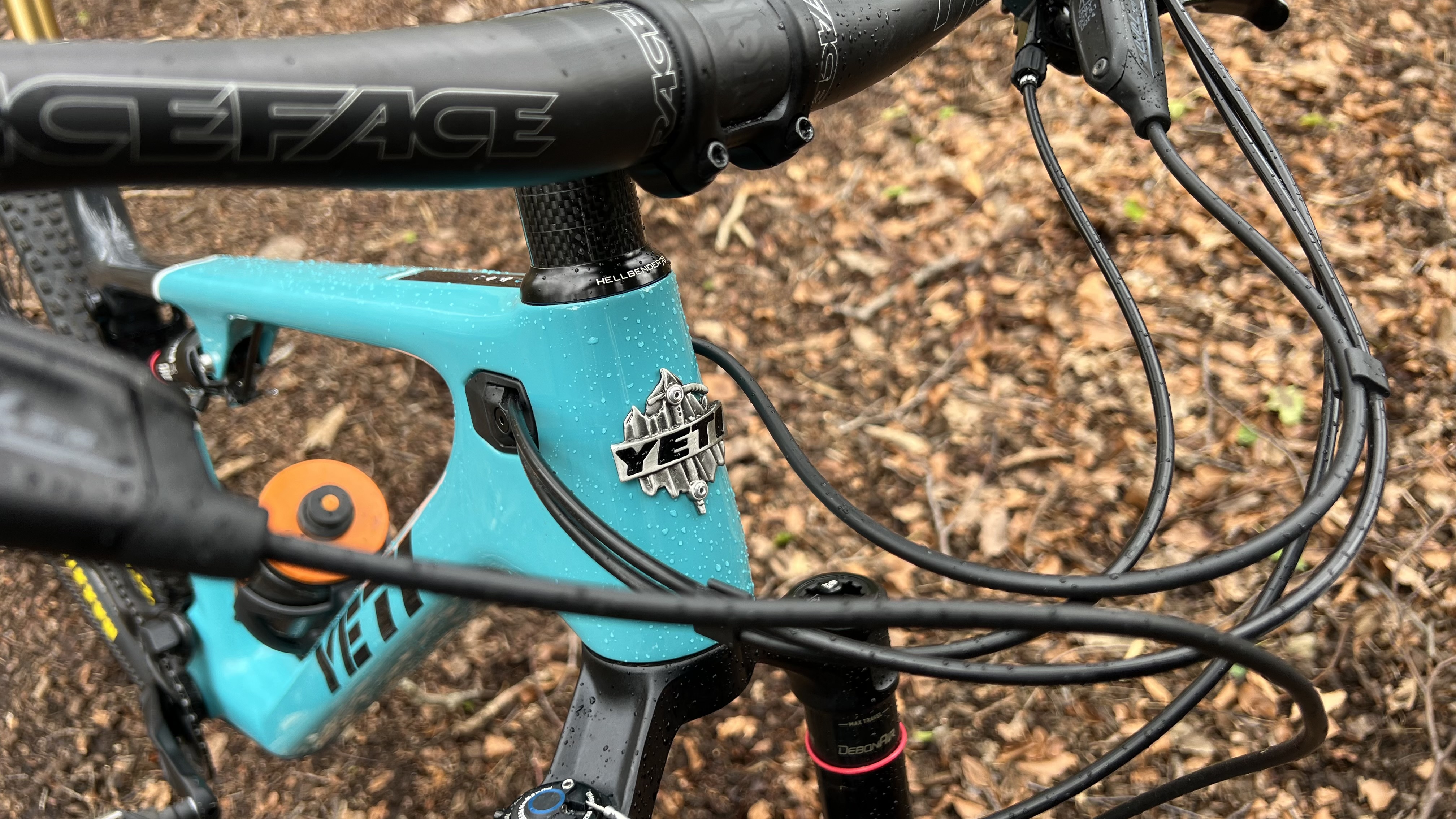
Design and geometry
The new ASR looks a lot like most other current race bikes. But then a top tube mounted shock is about the only way to package two full bottles into most frame sizes and it means you can reach the shock controls even if you’re not running a remote. Using a flex stay rear end is pretty much essential if you want to keep frame and shock weights under 2kg. Yeti have done that by a margin too, claiming 1,813g for the top tier dedicated wireless, Flight Attendant shock raw carbon ASR T5 Ultimate and 1,830g for the conventional manual remote SidLuxe shock Turq frame tested here.
Yeti is very keen to get across the message that the new ASR is “A LOT like NOTHING BEFORE” [Yeti's caps] though, making that slogan the biggest print on the launch PDF. They’re right too, as while most XC bikes teeter and skip around on 20-25 percent sag max, the ASR is designed to sink into a luxurious 30 percent compression when you park your butt on it. That means the already ‘slack for category’ 66.5-degree head angle relaxes even further dynamically. Reach isn’t rad at 465mm static (so less sagged) on the large though and the tall seat tube (470mm on large) stops sizing up without really restricting dropper options – which is a shame.
There’s no internal cable guiding on the lighter, more expensive Turq frames either, which means you need the inspection hatch in the rubber belly armor to help wriggle things through. Clamped entry points mean no obvious cable/hose rattle though and the headset bearings are left free for servicing rather than strangled by control lines. Other practical pluses include a threaded BB, custom chain guide that’ll take up to a 38-tooth chainring on large and XL sizes. There’s a mini fender over the main pivot to keep mud off, but still space for a dirty, knobbly 2.4in tire. The rear axle is machined to reduce weights and sits in slim solid dropouts designed with the same aim. The tiny shock stiffening/rate controlling alloy linkage nestles into the top tube seat tube armpit for maximum stiffness with minimum extra material too.
If you include the raw carbon wireless option, there are four color options and the XS to XL sizing caters for riders from four foot ten inches to six foot seven. Each size also gets a dedicated carbon layup for a comparable, carefully curated feel too. There’s no internal storage, but currently it’s only the new Specialized Epic frame that brings that feature to the XC start line.
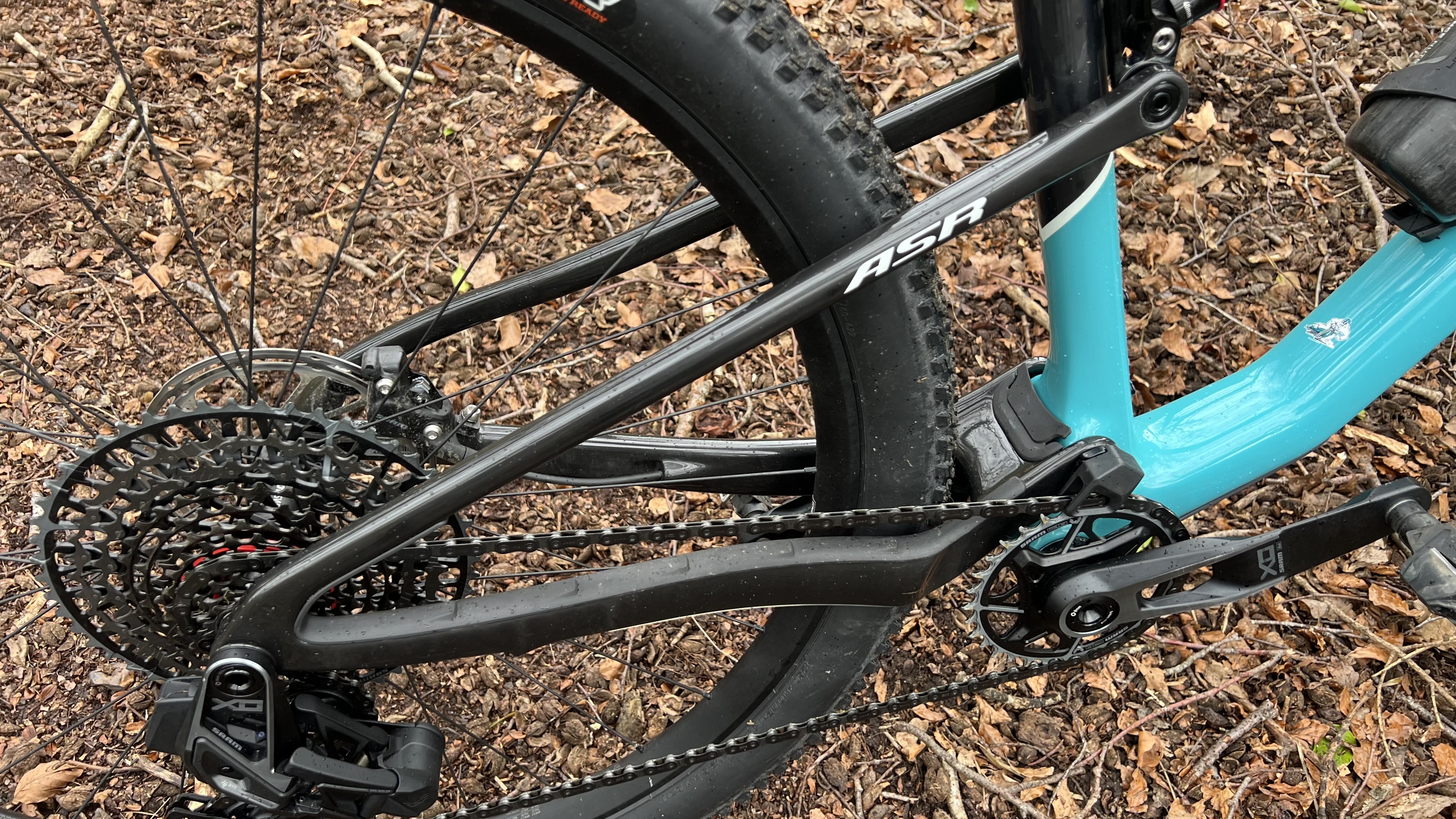
Components and build
Let’s not ignore the elephant in the room. At $8,600 / £8,399 for the XO AXS bike tested here, Yeti demand a serious premium from their pilots. The sight and weight of hefty alloy cranks and nearly 2kg worth of DT-Swiss XM1700 wheels is going to particularly sting both wallet and acceleration/altitude gain – even when compared to other premium brands like Specialized and Santa Cruz. While Yeti offer DT Swiss’s new ultralight XRC1200 wheel as a $2,000 upgrade, that option isn’t available in the UK either. We've seen some rightfully raging about the pricing in the comments, Yeti is about the only brand we’ve not seen offering discounted clear-out prices recently, so they can clearly make those high prices work for them.
Apart from cranks and wheels, the kit is all sorted too. Rekon and Rekon Race tires are purpose appropriate, you get Ultimate spec SID 120mm fork and SIDLuxe rear shock synced via a TwistLoc bar remote. The dropper post is Fox’s superlight, binary position banger Transfer SL with a gold shaft for gangsta grill vibes. The new snub nose WTB saddle on top seems like a winner too. The neat-looking Bike Yoke stem is a rare visitor to production bike cockpits and the Race Face Next SL bar in a tight start line friendly 740mm width is a light and tight way to steer.
The SRAM AXS T-Type is slow to shift but never misses that shift even under peak grunt power and it removes at least one cable from the already very busy front end. The Level TLM brakes aren’t Stealth style though, so those hoses are visible from the bars and the 2-pot calipers are both heavier and less powerful than the 4-pot versions. Incidentally, for those at the consultant and receptionist ends of the dental employment spectrum the Flight Attendant, XRC1200, XXSL ASR Ultimate costs $13,900 / £13,999 while the SID Select, GX Eagle cable C2 is $,5600 / £5,499. More options including frame only are available in US/globally though.
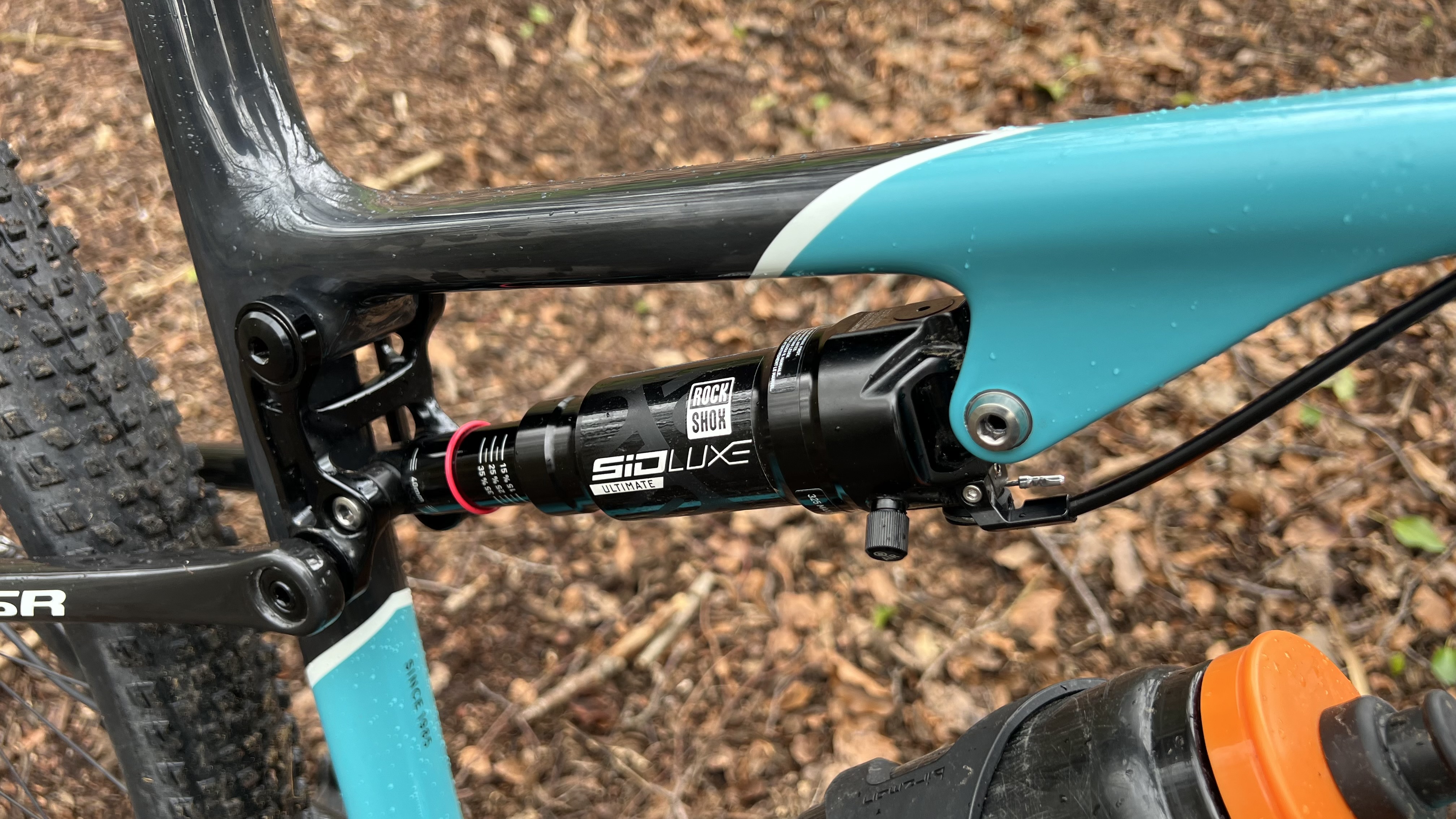
Ride, handling and performance
Yeti were one of the first brands to try a slacker XC bike when they used a 68-degree head angle on their last ASR in 2015. I still have night sweats about how nervous that noodle felt on descents though. Thankfully, the stiffness of the new relatively slim tubed ASR is clear right out of the gate. While the grams saved with carefully sited pivots, machined rear axles and the tiny machined linkage are currently lost levering the heavy wheels up to speed, they certainly don’t get in the way of very purposeful torque transfer. In fact, the ASR is one of the stiffest sub 2 kilo frames I’ve ridden and that’s backed up by the suspension feel too.
SID and SIDLuxe Ultimate always feel crisp and taut before they start moving. With anti-squat values between 105 and 145 percent at sag – depending on what gear you’re in – you’ll need to be deep into the stroke in a big cog before it sinks down rather than stands up under power. What really separates the ASR from seemingly similar bikes on the trail though is the fact you’ve got a lot more negative head room than normal in the stroke. The suspension also runs a really linear, low (10 percent) compression rate from 0 to 115mm of travel. So while other bikes can kick up and lose traction across stutter bumps, rocks, roots and other jank under power, the Yeti has a really big bandwidth of grip before pedaling becomes an obvious issue. Or to put it another way, it often feels like it has a lot lower anti-squat than it does when you’re flowing over that would choke a lot of bikes. But then it kicks a clear, clean sense of drive when things smooth out and climbs really efficiently even without twisting it into 'Pedal' or 'Lock' mode.
The really clever bit is that this mimics the feel of Yeti’s unique Switch Infinity ‘floating inflection point’ suspension system surprisingly well. But without all the extra twin shaft, sliding knuckle, windowed frame complexity and weight of the previous SB100 and SB115 short travel bikes, and the SB120. The latter is one of my favorite trail bikes but comes in nearly 2kg heavier with chunkier tires. The ASR definitely has a tighter overall feel compared to the incredible fluidity of the Switch Infinity bikes and that extra 5mm of travel feels a lot more when it’s coping with bigger blocks. I presume that’ll be the same with big drops too, but I didn’t get to send the ASR off anything significant on my local singletrack test ride.
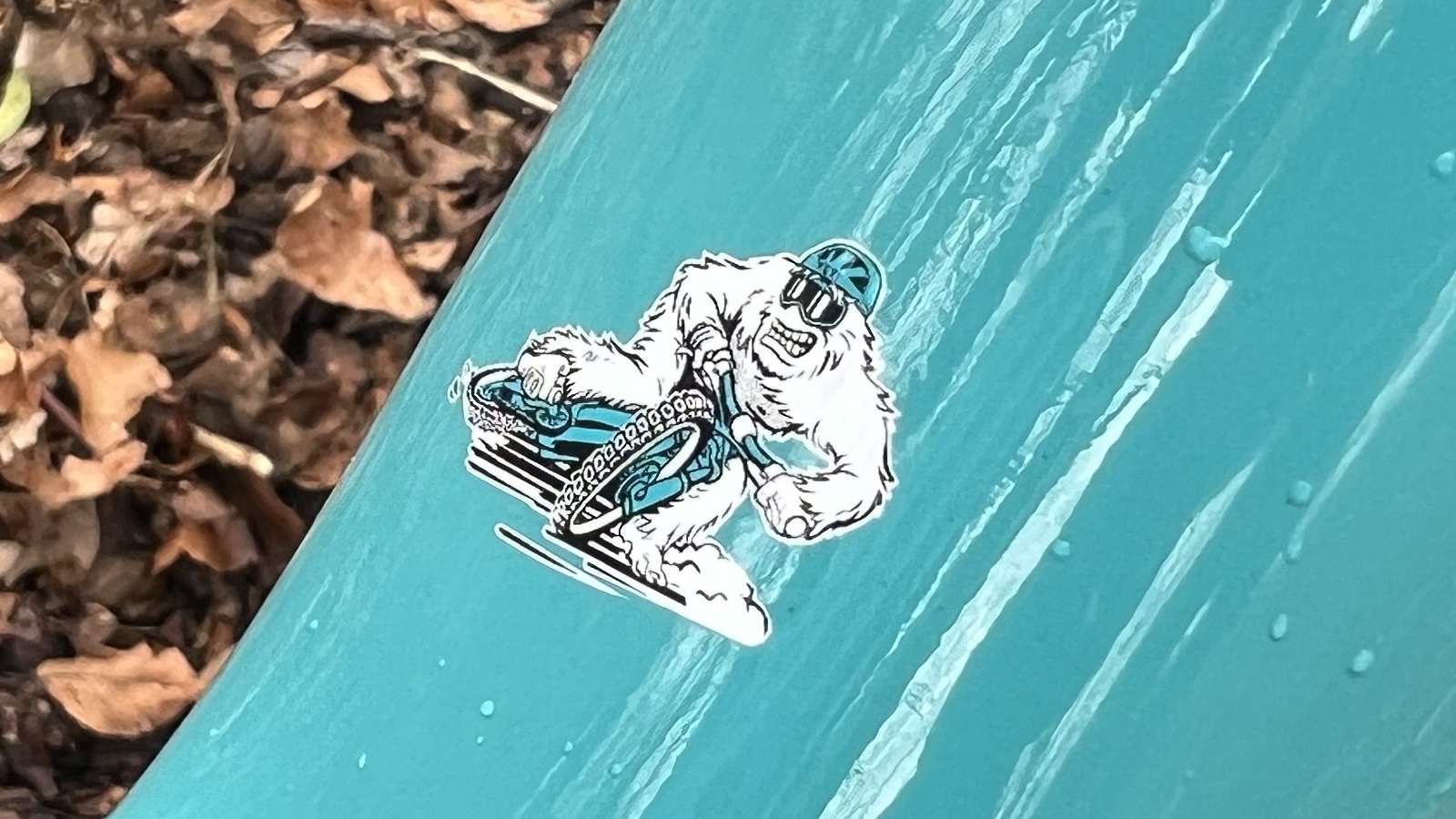
I did get to fully explore the handling of the bike in really treacherous conditions though and that’s where the same static angles of the SB120 also pay dividends with much more front-wheel self-correction than most XC bikes. That was particularly obvious when the Rekon tread was drowning in slurry or slipping across greasy roots and I consistently cleaned sections I was expecting to side out on. Even when things did go sideways, precisely communicated connection to both ends of the stiff frame meant it loved to style things out speedway (grasstrack if you’re in the US) style, just like the retro Yeti character sticker on the downtube. The steep seat angle also puts more weight on the nose for climbing without reducing grip at the rear, so I can confirm that Yeti’s deliberate ‘Forward Bias’ handling works really well in tight technical situations.
I’ll come clean and confess I didn’t even notice how narrow the bars were in the slip and slide slop either. So I’m not going to pretend I think it needs a fashionable wider bar and shorter stem, because what Yeti have chosen clearly works fine. Plus, while a bigger bar and shorter stem would give you more of a ‘power steering’ vibe, you’d probably be twitching around a lot more on climbs and the short reach would be more obvious too.
While it definitely has a lot of positives and creates a distinctive feel for the ASR, the deep sag suspension and short reach does have some downsides. Even with relatively weak brakes the extra negative space in the stroke means there’s more dive than you’d normally get in steep or heavy braking situations. That’s compounded by the 'Forward Bias' vibe too, so be prepared to get your weight back '90s style or be brave about your speed when it’s all about stopping not sending. The shorter reach also means it’s not as inherently stable at high speeds as a longer bike with similar angles or travel, such as Yeti’s own SB120 (10mm longer) or the new Specialized Epic 8 which is 20mm longer. Jumping on a Santa Cruz Blur on the same trails straight afterwards though showed that the angles definitely make it more planted and controlled than a lot of bikes it’s potentially lining up against for podium – or just purchasing – honors.
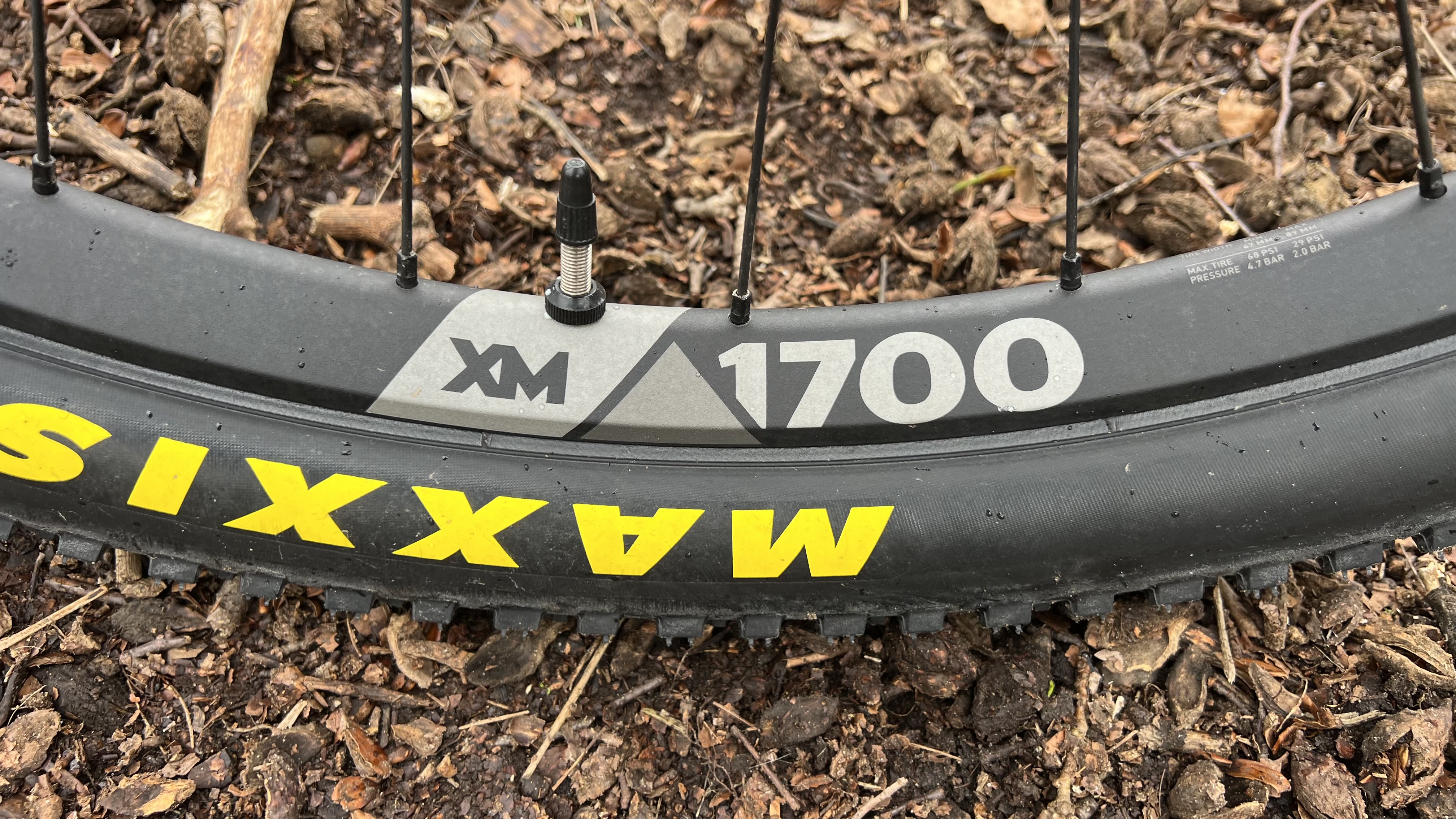
Test conditions
- Surface: Wet, sloppy, muddy woodland with occasional rocky sections, fire road climbs and sketchy boardwalk
- Trails: Local riverside woodland XC singletrack and off-piste play trails
- Weather: If athlete’s foot was a forecast…
Tech specs: Yeti ASR T3 XO
- Discipline: XC/Trail
- Price: $8,600 / £8,399
- Head angle: 67.5 degrees
- Frame material: Specialized FACT 12M carbon fiber
- Fork: RockShox SID ULTIMATE 120mm travel
- Shock: RockShox SIDLuxe Ultimate 115mm travel
- Size: XS, S, M, L, XL
- Weight: 11.4kg (L tested)
- Wheel size: 29in
- Chainset: SRAM XO 32 tooth 170mm arms with DUB threaded bottom bracket.
- Rear mech: SRAM Eagle AXS XO T-Type Transmission
- Shifter: SRAM Eagle AXS XO
- Cassette: SRAM Eagle XO 12-speed 10-52T
- Brakes: SRAM Level TLM, 2-piston hydraulic disc brakes with 180/160mm rotors
- Tires: Maxxis Rekon EXO 29x2.4in front and Maxxis Rekon Race EXO 29x2.35in rear
- Wheels: DT Swiss XM1700
- Bars: Race Face Next SL carbon low rise 740 x 35mm width, 70mm effective stem length
- Stem: Bike Yoke Barkeeper 55 x 35mm
- Grips: SRAM TwistLoc
- Seatpost: Fox Transfer SL Factory
- Saddle: WTB Solano







